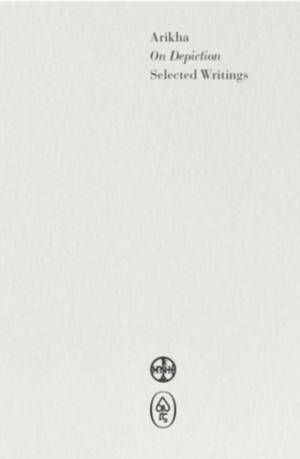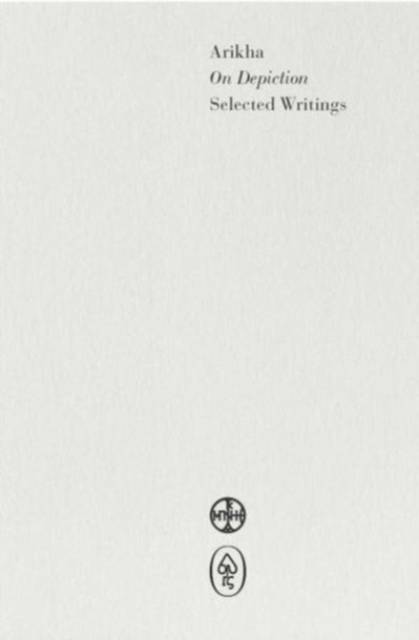
- Afhalen na 1 uur in een winkel met voorraad
- Gratis thuislevering in België vanaf € 30
- Ruim aanbod met 7 miljoen producten
- Afhalen na 1 uur in een winkel met voorraad
- Gratis thuislevering in België vanaf € 30
- Ruim aanbod met 7 miljoen producten
Omschrijving
Avigdor Arikha was one of the most important artists of the twentieth century. He was born in Romania to German-speaking Romanian Jewish parents and spent most of his life in Paris. A talented child, he started drawing early on. During the Second World War, he was deported to a concentration camp in the Ukraine, where he drew the horrors he witnessed. These drawings saved his life. During the 1950s, he established himself in Paris and was enjoying a successful career as an abstract painter. In 1965, a Caravaggio exhibition prompted him to convert to drawing from life. He stopped using colour until 1973, when he started again to paint. He worked with a religious, almost war-like, intensity until his death.
Arikha was also an erudite and passionate scholar, endowed with a deep understanding of the history of art and its techniques, well-versed in world history and fascinated by science. He wrote many essays and curated important exhibitions of masters such as Poussin, Velázquez and Ingres. In this collection of essays that he wrote between 1965 and 1994, Arikha expounds on art and artists (Mantegna, Velázquez, Poussin, David, Ingres, Degas, Matisse, and more), technique, seeing, and the state of culture in his day, which, one could argue, is no more hopeful today--almost thirty years later--than it was then.Specificaties
Betrokkenen
- Auteur(s):
- Uitgeverij:
Inhoud
- Aantal bladzijden:
- 304
- Taal:
- Engels
Eigenschappen
- Productcode (EAN):
- 9781912475179
- Verschijningsdatum:
- 1/07/2019
- Uitvoering:
- Paperback
- Formaat:
- Trade paperback (VS)
- Afmetingen:
- 220 mm x 144 mm
- Gewicht:
- 498 g

Alleen bij Standaard Boekhandel
Beoordelingen
We publiceren alleen reviews die voldoen aan de voorwaarden voor reviews. Bekijk onze voorwaarden voor reviews.











